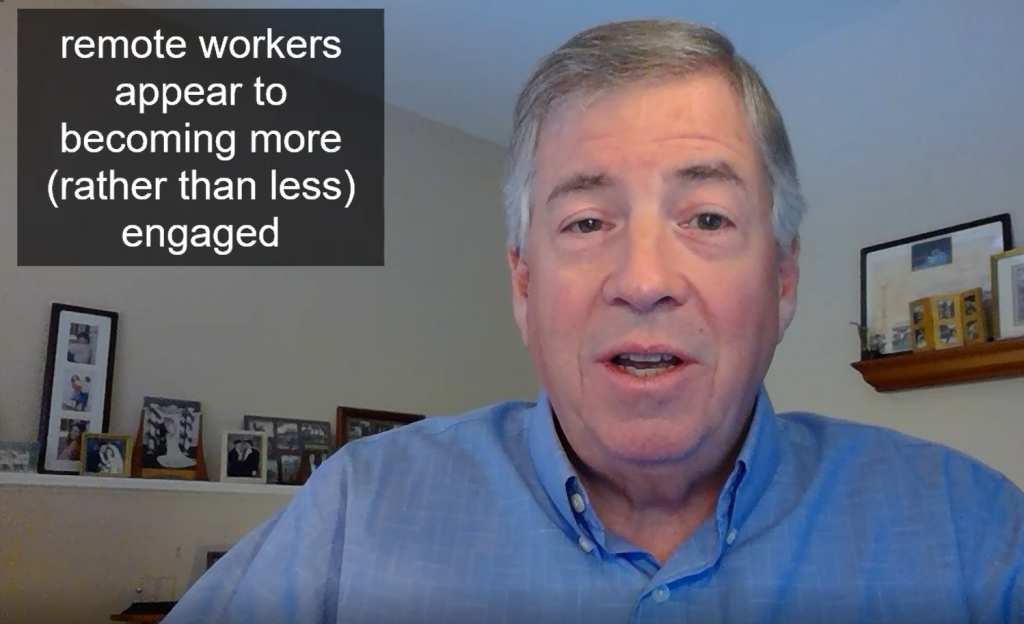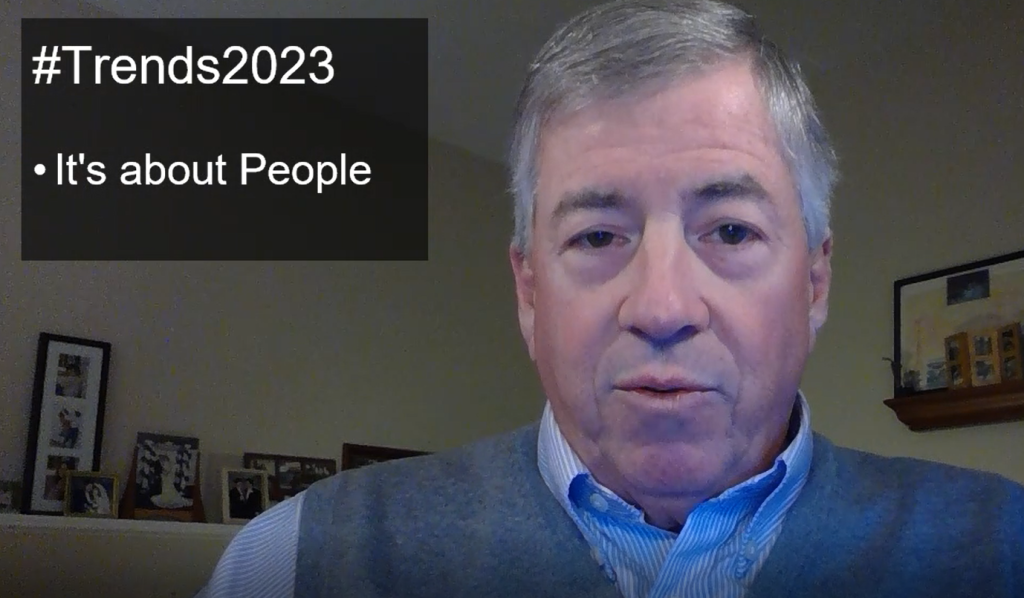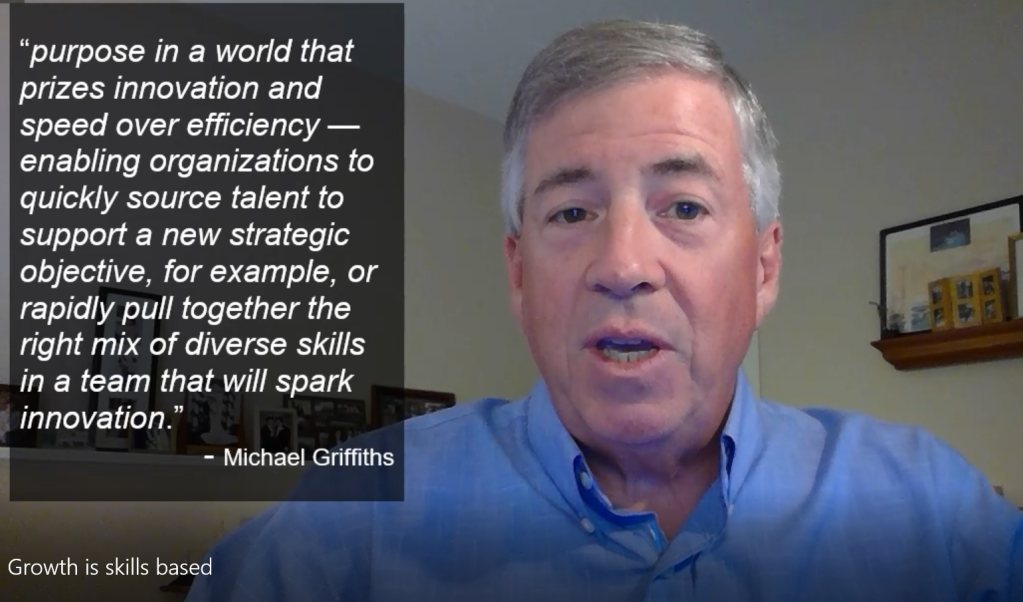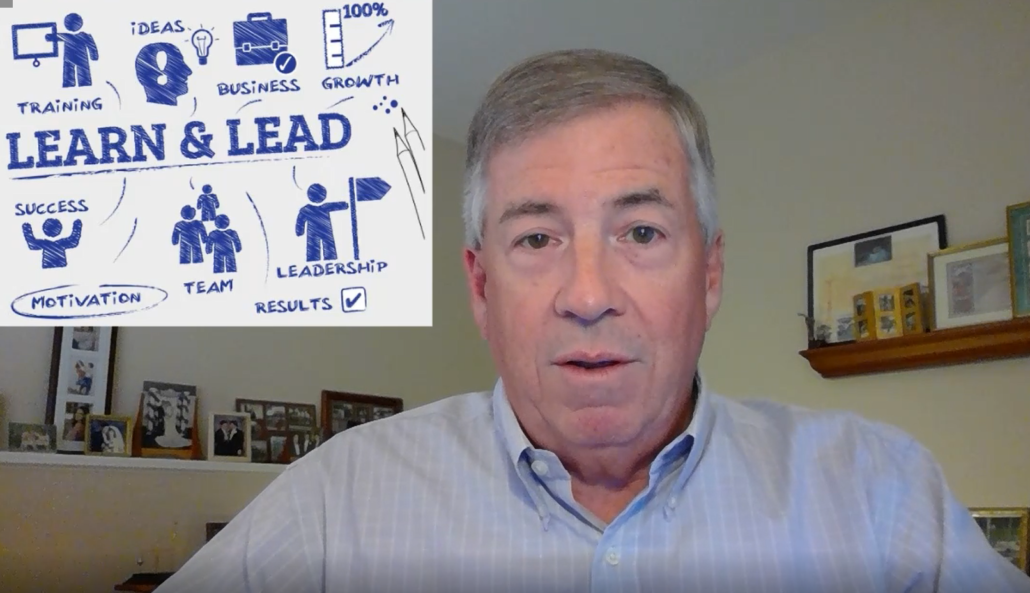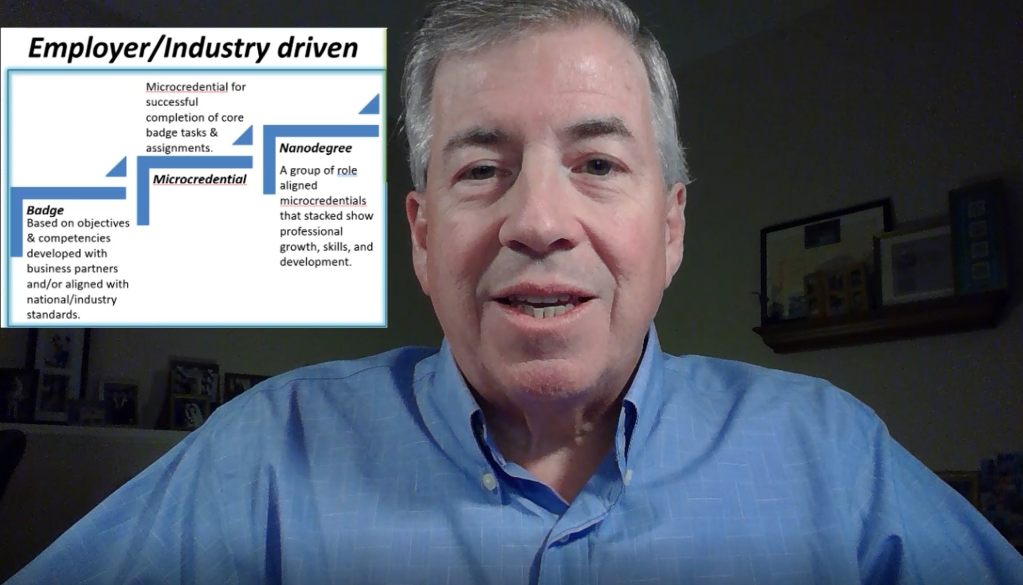More than facts, we need imagination!
I was working on a project when a senior lead asked me if I had included all 4 “I’s”. The model described was that with the directions (instruction) and the content in context (information) and using an active assessment strategy (interaction) the result would be an improved work performance (innovation), the “I4”! A recent post on LinkedIn noted the reliance on data to drive decision making I realized, as I share in this video, there needs to be a 5th “I”, imagination. Data based on past performance may not be as valid in this current remote and hybrid work environment. Being imaginative can drive new questions resulting in new datasets yet the driver is still centered on people, so leadership needs to keep the 5th “I”, imagination, in place to drive performance.
Imagination opens up new conversations, it can lead you to think about the “what if” scenarios. You can use it ask more than 5 “why’s” if you want, it can lead the curious learner to alternate ideas and solutions that older data might not suggest. Imagination combined with collecting new information can be a part of the performance process, together they can drive the innovation that leads to performance success.
This “I5” model is something leaders at all levels can use to support teammates, improve workflow processes, and drive performance. Data can’t defeat you, but it can delay actions and disengage people so lead not by directive but with imagination and curiosity. Let’s talk more about how you can use these “I” processes as your strategic business and retention tool. We can Zoom or even use the phone to talk because together, we are stronger, and we don’t need being remote or at a distance to keep us from connecting and engaging – let’s learn and work together! I’ll bring some coffee….
Use the contact button above or visit our web site!





